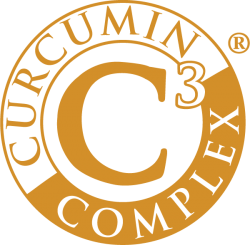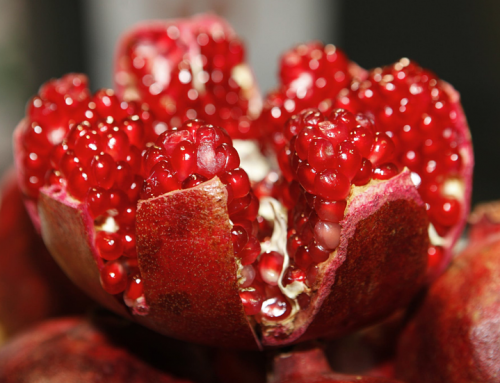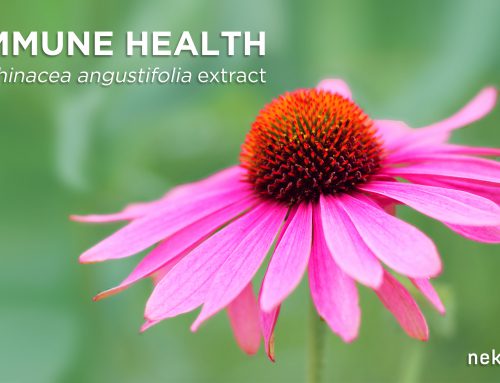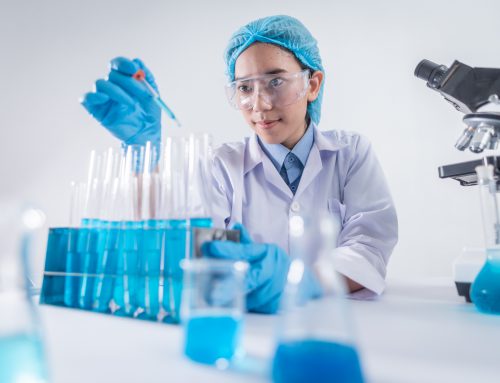East Windsor, NJ (February 6, 2017) –A study on Sabinsa’s Curcumin C3 Complex® and BioPerine® in combination has been recently published in Inflammopharmacology (DOI 10.1007/s10787-016-0301-4). The study, Antioxidant effects of curcuminoids in patients with type 2 diabetes mellitus: a randomized controlled trial, explores the benefits of Curcumin C3 Complex in reducing oxidative stress in patients suffering from type II diabetes. Oxidative stress is known to play a role in the development of type II diabetes, and conditions related to hyperglycemia also contribute to oxidative stress.
Diabetes, a major health risk by itself and by engendering several other co-morbid conditions, is estimated to afflict about 8.3% of the American population. It is expected to climb further with prevailing food habits and lifestyle, further inflating the estimated burden of $245 billion on the economy. While diverse types of medications are available, there is still a need for nutritional intervention to control this pernicious disease. Oxidative burden is well-recognized component of diabetes.
In this 2016 paper published on the results of a clinical trial on 118 type II diabetes subjects, the combination of C3 Complex and BioPerine (daily dose of 1 g and 10 mg, respectively) for three months significantly reduced serum malondialdehyde (MDA) with increase in serum total antioxidant capacity (TAC) and the activity of superoxide dismutase (SOD) in patients with type-2 diabetes (T2DM). The study was designed as a randomized, double-blind, placebo-controlled trial with a parallel-group design.
“Diminution of the well-marker of oxidative stress, MDA, as well as the increase in TAC and SOD, body’s natural and most powerful anti-oxidant enzymes, are prized goals indicative of the body’s response to undo the damage wreaked by hyperglycemia,” said Nagabhushanam Kalyanam, PhD, President (R&D), Sabinsa. “The growing body of science indicates this combination can play a significant role in supporting the health of diabetes patients, and we intend to pursue this line of study further.”
As early as in 2008, Sabinsa’s C3 Complex was used in animal studies by researchers from Columbia University





